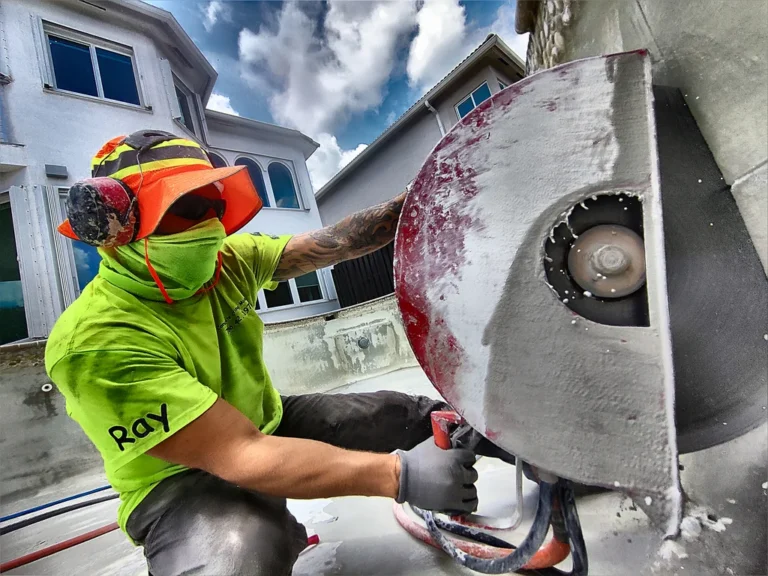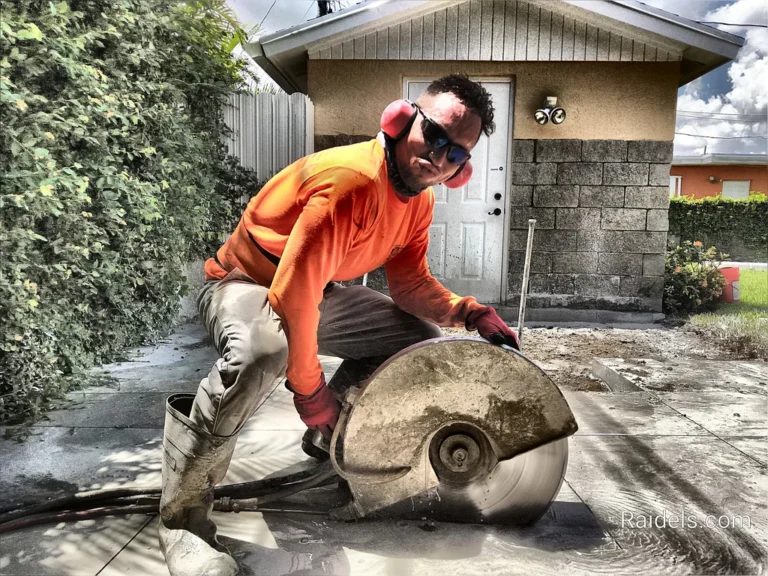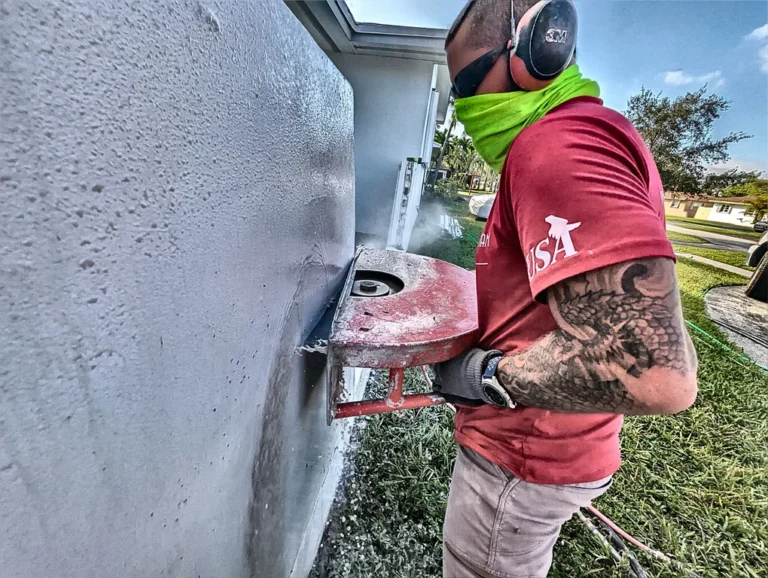Are you planning a renovation project that requires concrete cutting? Whether you’re a DIY enthusiast or a professional contractor, working with existing structures can be challenging. Concrete is a durable and versatile building material, but it can be difficult to cut and shape without the right tools and techniques.
In this article, we’ll provide you with tips and advice on how to successfully complete your concrete cutting project. From selecting the right saw to understanding the different types of concrete, we’ll cover everything you need to know to get the job done right.
Concrete cutting is an essential part of many renovation projects. Whether you’re adding a new room, upgrading your bathroom, or simply changing the layout of your home, concrete cutting can help you achieve your goals. But with so many different concrete cutting tools and techniques available, it can be difficult to know where to start.
The good news is that concrete cutting is a relatively straightforward process once you understand the basics. With the right tools and a little bit of knowledge, you can cut concrete with confidence and achieve professional-looking results.
Selecting the Right Concrete Cutting Tool
The first step in any concrete cutting project is to select the right tool for the job. There are several different types of concrete cutting tools available, each with its own strengths and weaknesses. Some of the most common tools include:
- Circular saws: These are handheld saws that use a circular blade to cut through concrete. They are easy to use and relatively inexpensive, making them a popular choice for DIY enthusiasts. However, they are not as powerful as other types of saws and can be difficult to control, so they may not be the best choice for larger or more complex projects.
- Masonry saws: These are larger, more powerful saws that are designed specifically for cutting concrete. They are typically more expensive than circular saws, but they offer more control and are better suited for larger projects.
- Concrete saws: These are specially designed saws that are built to handle the demands of concrete cutting. They are typically the most expensive type of saw, but they offer the most power and control, making them the best choice for professional contractors.
When selecting a concrete cutting tool, it’s important to consider the size and complexity of your project, as well as your budget. If you’re just making a few small cuts for a DIY project, a circular saw may be sufficient. But if you’re working on a larger project, it may be worth investing in a masonry or concrete saw.
Understanding Different Types of Concrete
Another important factor to consider when cutting concrete is the type of concrete you’re working with. There are several different types of concrete, each with its own properties and characteristics. Some of the most common types include:
- Normal weight concrete: This is the most common type of concrete and is made using a mixture of cement, sand, and aggregate. It is relatively easy to cut and is suitable for most projects.
- Lightweight concrete: This type of concrete is made using lightweight aggregate, such as pumice or perlite, and is typically used in high-rise buildings and other structures where weight is a concern. It is more difficult to cut than normal weight concrete and requires special tools and techniques.
- Reinforced concrete: This type of concrete is made using steel reinforcing bars or mesh to increase its strength and stability. It is more difficult to cut than normal weight concrete, and requires special tools and techniques to avoid damaging the reinforcing materials.
When working with concrete, it’s important to know what type of concrete you’re working with so you can select the right tools and techniques for the job. If you’re unsure of the type of concrete you’re working with, it may be best to consult with a professional concrete cutting contractor.
Tips for Successful Concrete Cutting
Once you’ve selected the right tool and understand the type of concrete you’re working with, it’s time to start cutting. Here are some tips to help you achieve the best results:
- Plan ahead: Before you start cutting, take the time to plan your project. Make sure you have all the tools and materials you need, and measure and mark your cuts accurately to ensure that your cuts are straight and even.
- Use the right blade: Different types of concrete require different types of blades. Make sure you select the right blade for your project to ensure that your cuts are clean and accurate.
- Use the right technique: Different concrete cutting tools require different techniques. For example, circular saws require a back-and-forth motion, while masonry saws require a slower, more controlled cut. Make sure you understand the technique required for your tool before you start cutting.
- Work slowly and steadily: When cutting concrete, it’s important to work slowly and steadily to avoid damaging the tool or the concrete. Take your time and follow the manufacturer’s instructions carefully to ensure the best results.
- Wear protective gear: Concrete cutting can be dangerous, so it’s important to wear protective gear, such as eye protection, gloves, and a dust mask, to protect yourself from dust and debris.
Concrete cutting is an essential part of many renovation projects, but it can be challenging if you’re not familiar with the right tools and techniques. By selecting the right tool, understanding the type of concrete you’re working with, and following these tips, you can successfully complete your concrete cutting project and achieve professional-looking results.
For more information on concrete cutting or to schedule a consultation with Concrete Cutting Miami, call or text us at 888 828.8646. You can also follow us on social media to stay up-to-date on the latest concrete cutting trends and techniques.



